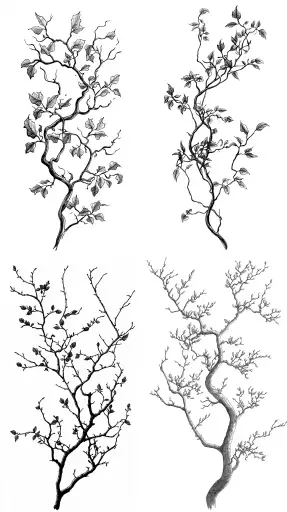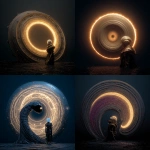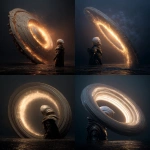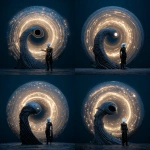Explore the Best AI Image Gallery

AI-Powered Photography: Reshaping the Creative Landscape
The world of photography is undergoing a dramatic transformation, fueled by the rapid advancements in artificial intelligence (AI). AI-powered tools are not only streamlining workflows but also pushing the boundaries of creative expression, particularly in product photography. From generating realistic images to automating tedious tasks, AI is revolutionizing how products are presented and marketed.
Transforming Product Photography
AIs impact on product photography is multifaceted and far-reaching:
- Realistic Image Generation: AI algorithms can create hyperrealistic images of products from scratch, eliminating the need for physical shoots in certain scenarios. This opens up possibilities for showcasing products in diverse environments, adjusting colors and styles, and even visualizing prototypes before they are built.
- Enhanced Editing Capabilities: AI-powered tools automate time-consuming editing tasks such as background removal, object retouching, and color correction. This allows photographers to focus on the creative aspects of their work, refining details and adding artistic flair.
- Personalization at Scale: AI can generate unique product images tailored to individual customer preferences. Imagine being able to customize a dresss color or try on different accessories virtually – AI makes this level of personalization achievable.
- 3D Product Visualization: AI algorithms can create 360-degree views and interactive 3D models of products, providing customers with an immersive and engaging shopping experience. This is particularly valuable for complex products where multiple angles and details need to be showcased.
Ethical Considerations
While the potential benefits of AI in product photography are immense, its crucial to address the ethical implications:
- Bias and Representation: AI algorithms are trained on vast datasets, which can inadvertently perpetuate existing biases. This can result in unrealistic or stereotypical representations of products and people, reinforcing harmful stereotypes.
- Transparency and Accountability: The decision-making processes of AI algorithms can be complex and opaque. Its essential to ensure transparency in how AI is used in product photography and establish clear lines of accountability for any potential biases or errors.
- Job displacement: As AI automates tasks currently performed by photographers, there are concerns about job displacement within the creative industry. Its important to consider retraining and upskilling programs to prepare professionals for the evolving landscape.
Future Trends
The future of AI in product photography is brimming with exciting possibilities:
- Advanced Generative Models: Expect even more realistic and creative image generation capabilities, blurring the lines between real and artificial imagery.
- Personalized Shopping Experiences: AI will enable highly personalized product presentations tailored to individual customer preferences, creating a more engaging and seamless shopping journey.
- Integration with Metaverse Platforms: Product photography will seamlessly integrate with virtual and augmented reality platforms, allowing customers to experience products in immersive digital environments.
- Ethical AI Development: The focus on ethical AI development will intensify, ensuring responsible and inclusive applications in product photography.
Conclusion
AI is transforming the landscape of product photography, offering a powerful toolkit for creative expression, efficiency, and personalization. While ethical considerations must be addressed proactively, the future holds immense potential for AI to enhance the way products are presented and experienced. By embracing innovation responsibly, we can harness the power of AI to create compelling and meaningful visual storytelling in the world of product photography.
















](https://images.ai-img.art/thumbnails/150/62dee1effeb677492e9eb31757a5d6c9ea9f1010c26733e1980579df8e9fe333.webp)







